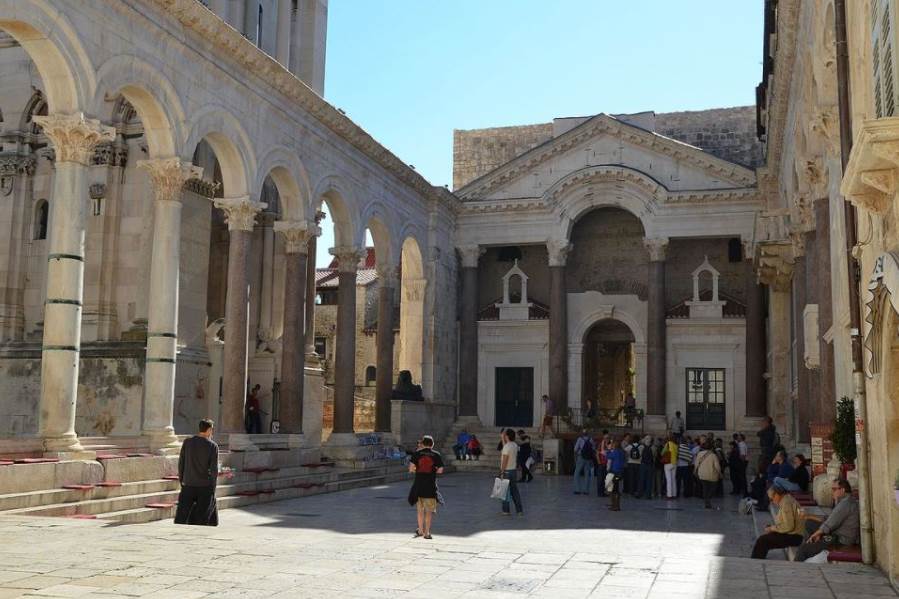One of the most interesting things to know about the Roman Empire understanding how it could last for so long. The answer is that everybody could climb the social ladder, no matter where they came from.
The man discussed in this article was living proof of how one could work himself up the ranks, all the way to the highest position available, that of the Roman Emperor.
Let’s take a closer look at some interesting facts about Diocletian, a Roman Emperor with a very remarkable story.
1. He was born in modern-day Croatia
The man we know as Roman Emperor Diocletian was born in the Roman province of Dalmatia, a region that encompassed several modern-day countries including Croatia, Bosnia and Herzegovina, Montenegro, Kosovo, and Serbia.
His exact date of birth is unknown, but many historians agree that he was born on December 22 between 243 and 245 A.D. His place of birth was the ancient Roman city of Salona, which today is known as “Solin” in modern-day Croatia. This town is situated right next to Split, the second-largest city in the Dalmatia region.
His name at birth was of Greek origin and has been recorded as either “Diocles” or “Diocles Valerius.“
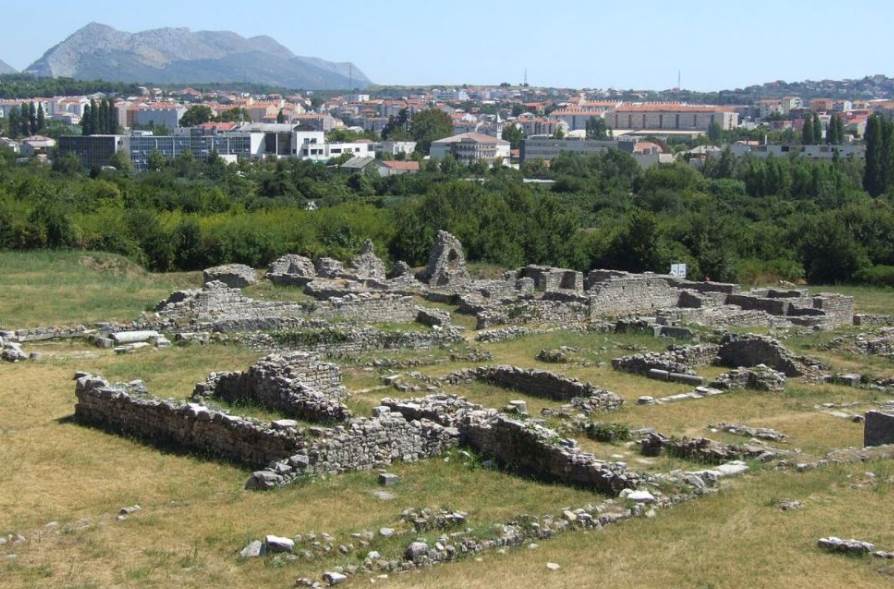
2. Little is known about the first 40 years of his life
One of the most remarkable facts about Diocletian is that we know virtually nothing about the first 40 years of his life. This means that he was almost certainly born into a lower-class family, a notion that makes it all the most impressive that he eventually came to reign over the Roman Empire.
So how did he do this? By climbing the ranks of the Roman Army!
He was not the first Roman Emperor who achieved this, though, as Vespasian became Roman Emperor after being born into a mule-breeding family over 2 centuries earlier and eventually went on to found the Flavian Dynasty and even built the Roman Colosseum!
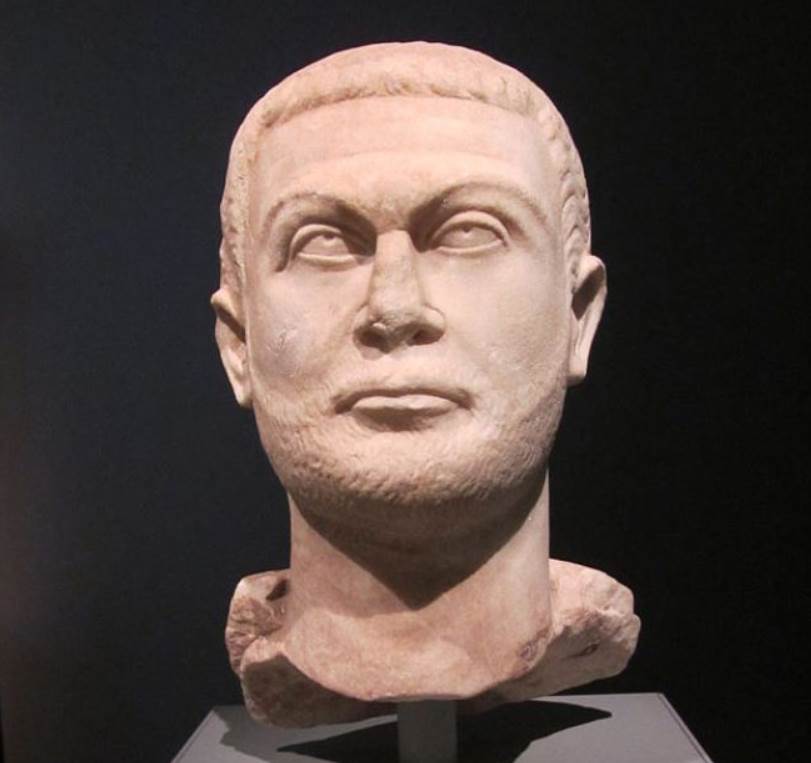
3. The first mention of his name came in the early 280s A.D.
Because he gradually climbed the ranks of the Roman Army, little is known about how he pulled this magnificent achievement. The first time his name is mentioned in official documents was in the year 282 A.D.
Emperor Carus at the time made him commander of the “Protectores domestici,” a high and important rank because it was closely tied to the Imperial family.
This means that by his early 40s, Diocletian most certainly had already earned his stripes in various positions in the army. His loyal service allowed him to earn consulship just a year later as well in 283 A.D.
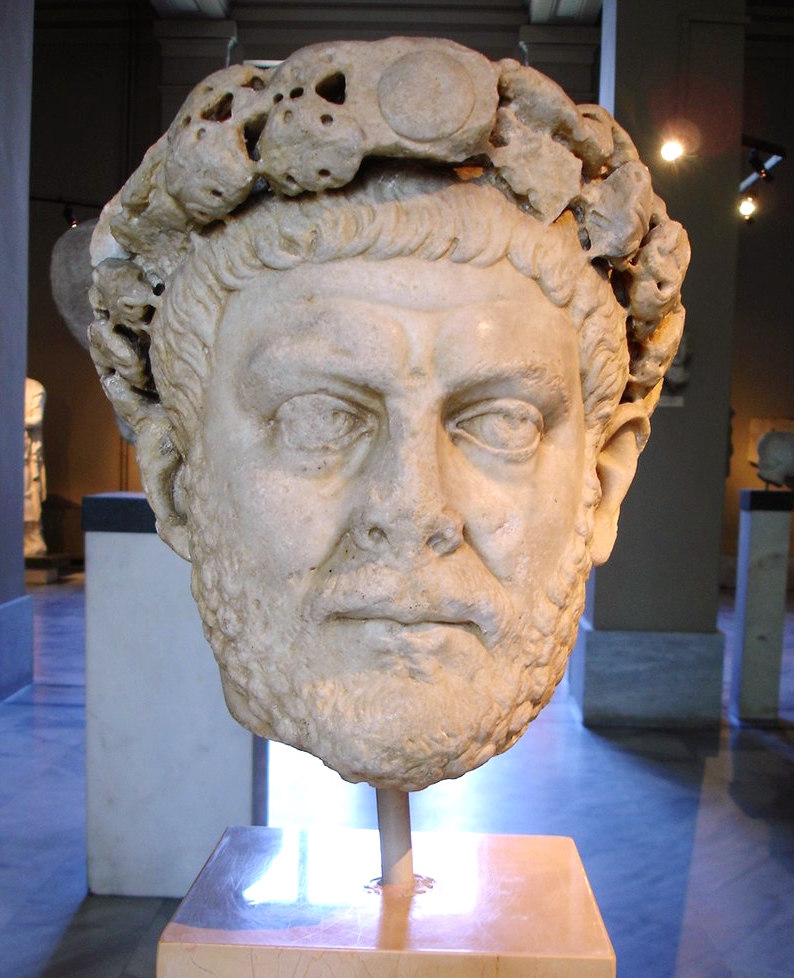
4. He became Roman Emperor in the year 284 A.D.
A Persian campaign was launched around the time he became a Consul in which Diocletian participated. During this campaign, Emperor Carus died in mysterious circumstances.
This incident instantly turned his two sons, Carinus and Numerian, into co-emperors. Carinus ruled in the West and Numerian in the East. When Numerian came back from the eastern border of the Roman Empire, he was found dead in the closed coach he traveled in. This happened when the army reached Bithynia in northern Turkey.
The moment the generals of the army received the news, they made “Diocles” Roman Emperor. He accepted the honor on November 20, 284 A.D., a remarkable turn of events for the man who was just officially mentioned for the first time 2 years earlier!
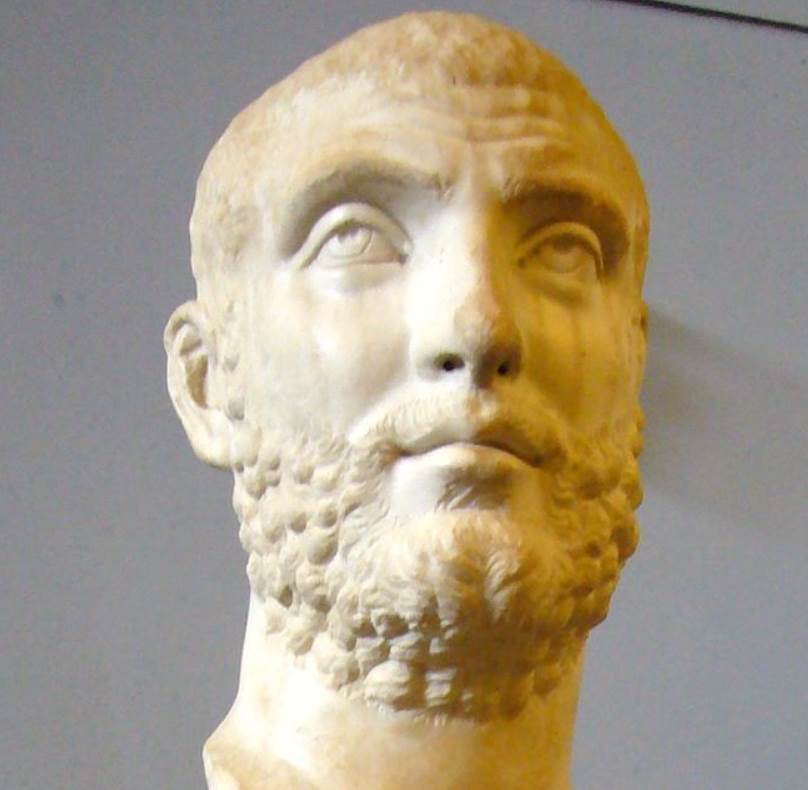
5. The Battle of the Margus made him the sole Roman Emperor
Because Carinus was still alive, it means that he became co-Emperor and ruler in the East. Because of this, the conflict with Carinus to become sole Emperor started and eventually culminated in the Battle of the Margus.
This battle was fought in modern-day Serbia in July of the year 285 A.D. and even though the army of Carinus outnumbered that of Diocletian, he didn’t have the full support of his troops. Many had already defected many months prior, including some of his top-ranking officers such as Flavius Constantius, the governor of Dalmatia where the battle was fought.
The result was that Carinus was assassinated during the battle by his own troops, something that turned Diocletian into the sole Roman Emperor!
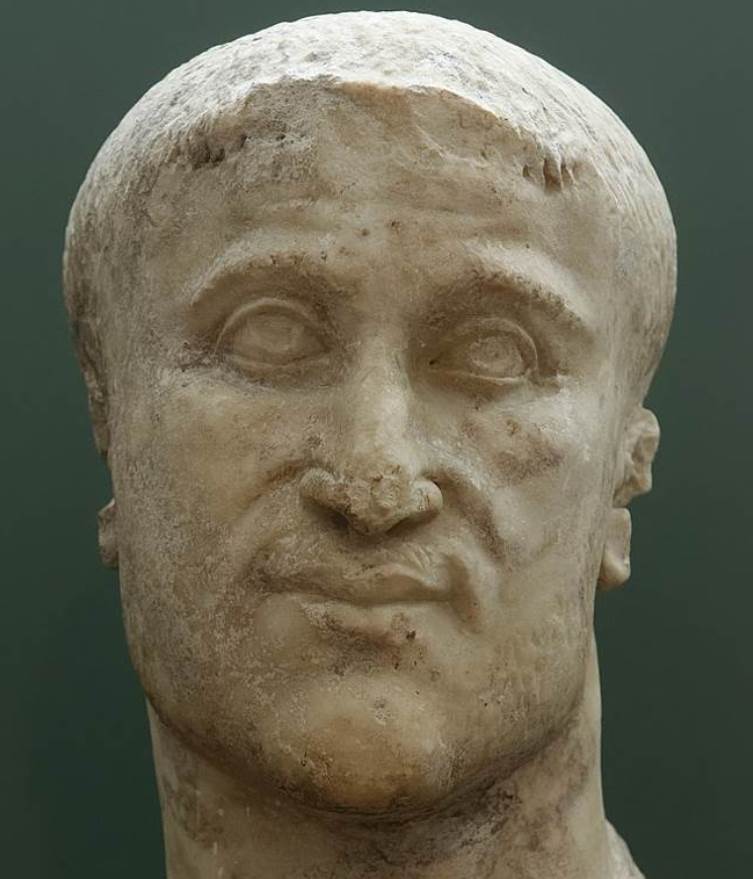
6. He needed a co-emperor and found one in 285 A.D.
Just because he got Carinus out of the way didn’t mean he had the ambition to rule over the Roman Empire alone. After all, the Crisis of the Third Century wasn’t solved yet so he needed another trustworthy co-Emperor to rule in the West.
Because he only had a daughter named Valeria and no sons, he found his colleague in Maximian, a man who had an extensive military resume and perfectly complemented the intelligence of Diocletian.
It’s assumed that he adopted Maximian as his “filius Augusti,” which translates to his “Augustan son,” just to get the issue of picking an outsider out of the way, but this isn’t supported by all historians.
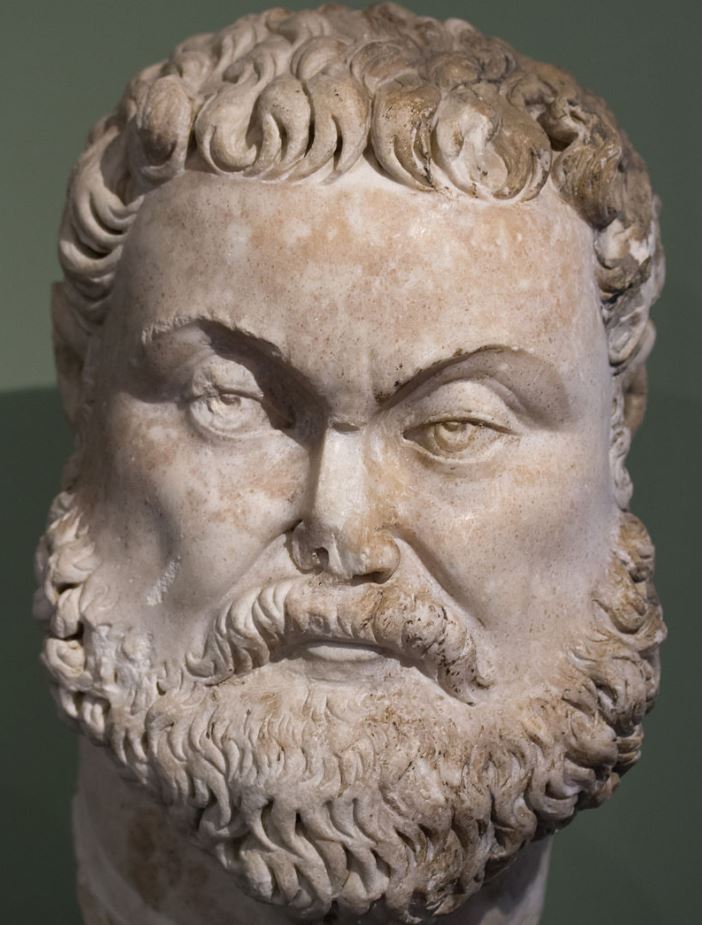
7. He ended the Crisis of the Third Century by creating a “Tetrarchy”
Even though he made Maximian co-Emperor in 285 A.D. in the city of Mediolanum, modern-day Milan, he didn’t officially become Augustus until April 1 of the year 286 A.D.
Because of continuous conflict, the Roman Empire was split up further into 4 parts. Maximum awarded his son-in-law and former governor of Dalmatia Flavius Constantius with the title of Caesar on March 1, 293 A.D.
Around the same time, Diocletian did something very similar and awarded his own son-in-law Galerius with the title of Caesar, which means the Roman Empire officially became a “Tetrarchy” at this point with all 4 Roman Emperors ruling over a particular region of the Empire.
This division further solidified the end of the Crisis of the Third Century.
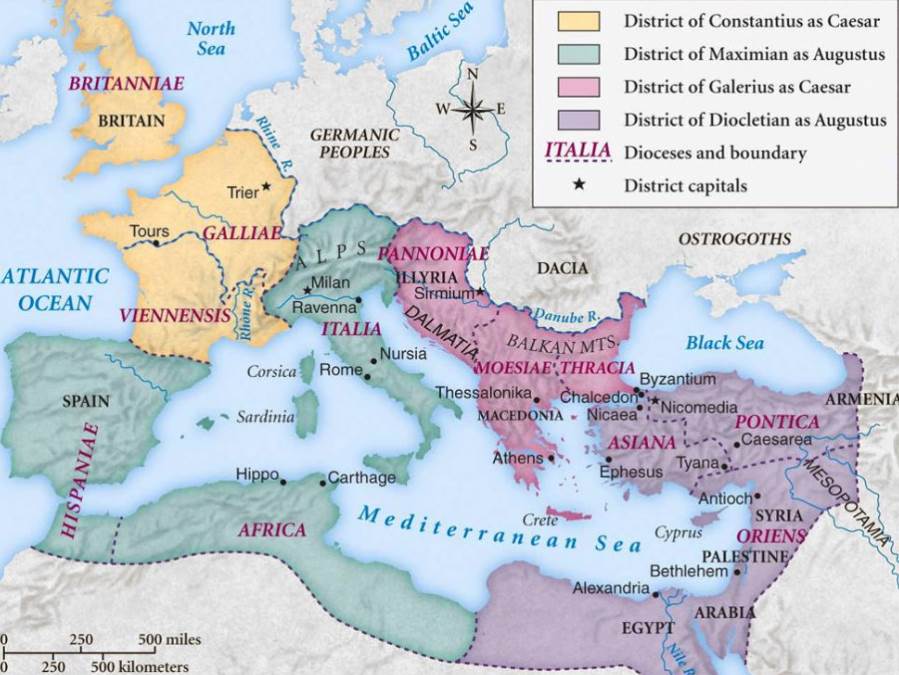
8. He managed to make peace in a troublesome region in the east
The Sassanid Empire of Persia, also known as the Neo-Persian Empire as it was the final Empire before the Muslim Conquest of the region in the 7th century, had always been a troublesome region for the Roman Empire. Countless wars were fought against the Persians over the centuries, and the same happened during the reign of Diocletian.
When Narseh became King of the Persians in 294, he initially stayed on good terms with the Romans but this quickly changed as he declared war on the Roman Empire in the year 295.
After an extended war, the combined efforts of Diocletian and Galerius eventually resulted in the sacking of Ctesiphon, the capital of Sassanid Persia, in 299. This was followed by negotiations and lasting peace was eventually achieved in the region.
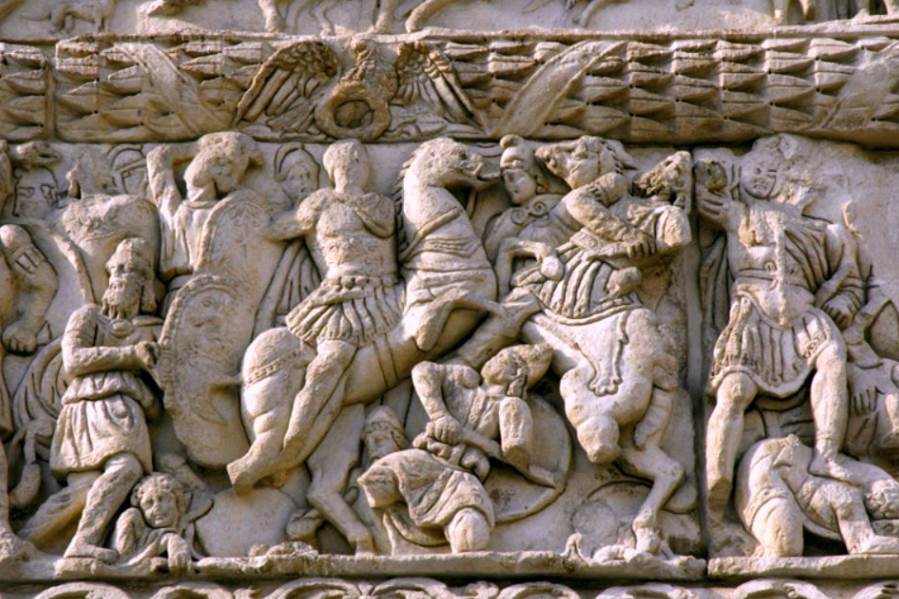
9. He transformed the Roman Empire into a bureaucratic government
The Tetrarchy created by Diocletian and Maximian wouldn’t have lasted if he hadn’t conducted major bureaucratic reforms. He created provincial divisions and new administrative centers all across the empire.
All this lead back to the Emperors themselves who retained full control over all important decisions, effectively turning the Roman Empire into an effective autocracy.
Even though it worked remarkably well during Diocletian’s reign, this system eventually collapsed as Maxentius and Constantine, the sons of both Maximian and Constantius respectively, weren’t as interested in co-ruling as their fathers.
10. He built the largest baths of ancient Rome using taxpayer’s money
One of the most remarkable facts about Diocletian is that he continuously pushed for growth in both infrastructure and the military and that he wasn’t afraid to increase taxes to achieve his goals.
Imperial taxes were raised in 297 and it was made easier to collect them. One of the biggest construction projects in ancient Rome had something to do with that as well.
The Baths of Diocletian were built between 298 and 306 and were the largest Roman baths ever constructed in ancient Rome. It’s estimated that the complex covered an area of about 13 hectares (32 acres) and could hold 3,000 people at any time.
The façade of this ancient structure was integrated into a 16th-century church called Santa Maria degli Angeli e dei Martiri. This church was designed by Michelangelo and covers parts of the ancient entertainment complex.
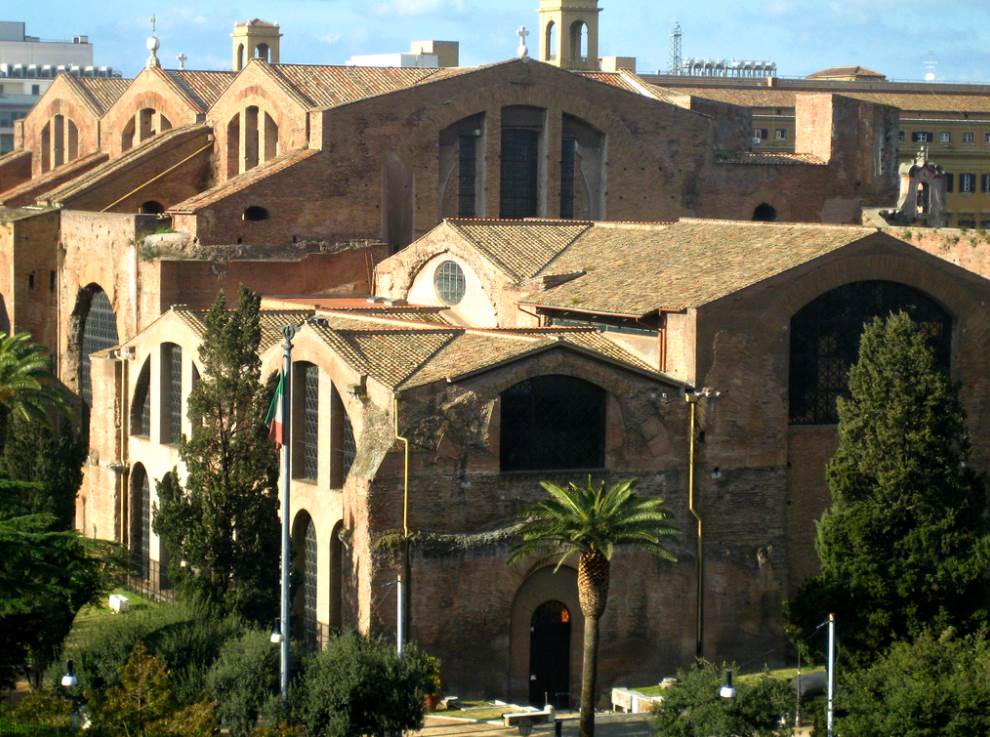
11. His extreme persecution of Christians backfired
Emperor Nero blamed the Christians for the Great Fire of Rome in 64 A.D., resulting in bloody persecution of Christians throughout the Empire. Diocletian wasn’t too fond of what he considered to be a pesky cult, so he launched the bloodiest official persecution of Christianity in the Empire’s history.
The “Diocletianic” or “Great Persecution” was established following a series of edicts that limited the rights of Christians and forced them to comply with the religious practices of the Romans.
The persecution lasted between 303 and 312 but failed to achieve its goal to eradicate the religion. It most probably had the opposite effect because Christianity became the preferred religion under Constantine the Great after 324.
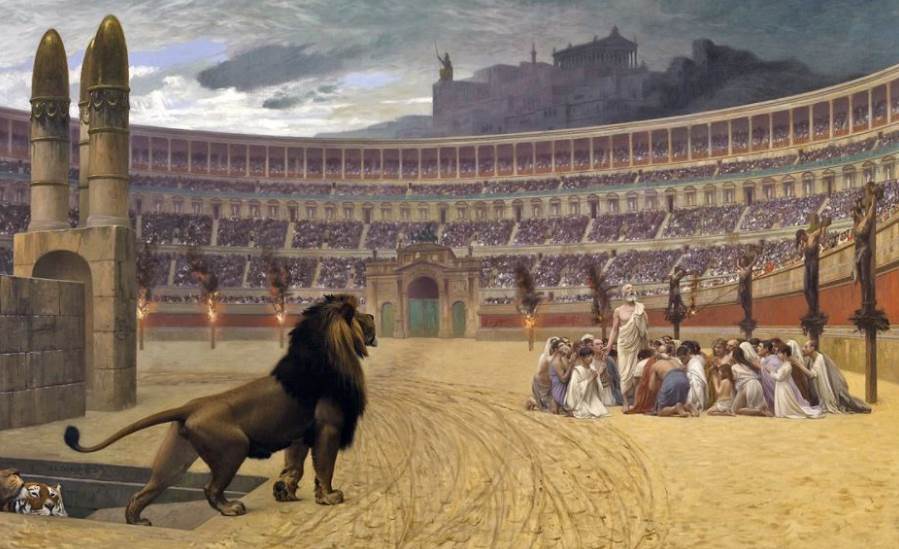
12. He abdicated and lived out his retirement in his palace in Croatia
One of the most astounding facts about Diocletian is that he didn’t die as Roman Emperor but voluntarily abdicated on May 1, 305, following continuous health problems.
He already prepared for this event because he made sure he would be able to live out his old day in a pretty comfortable place, the Palace of Diocletian in Split.
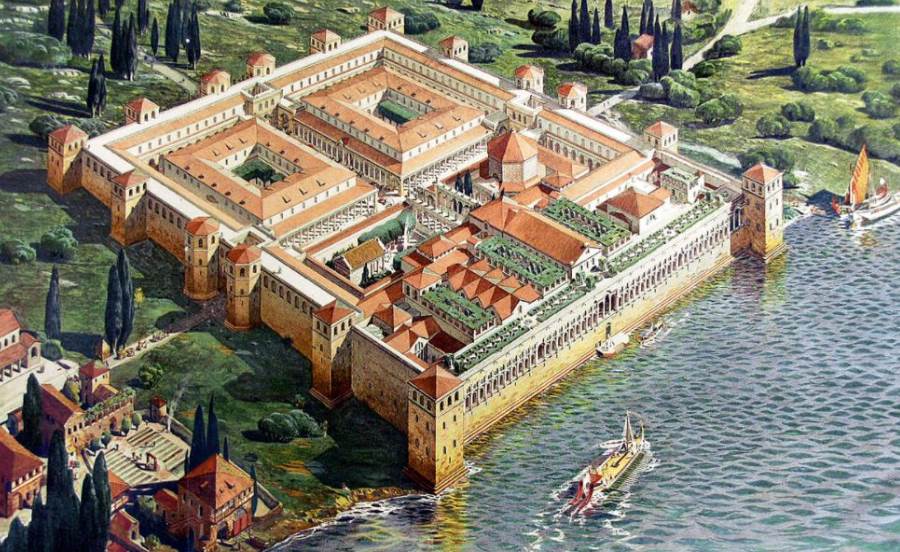
It was the first time in history that a Roman Emperor has voluntarily left the highest position to live out his retirement, pursuing his hobby of planting vegetables in the palace’s gardens.
The remains of his palace are situated in the historical center of Split and are remarkably well-preserved. This is why he is considered to be the “founder of Split” as the city was built around this ancient palace.
Following his abdication, the Tetrarchy collapsed and the Roman Empire was back in constant turmoil until the start of the reign of Constantine the Great nearly 2 decades later in 324.
The bureaucratic system he set up remained, however, and is perhaps his biggest legacy as it ensured that the Roman Empire ran relatively smooth for at least 150 more years!
